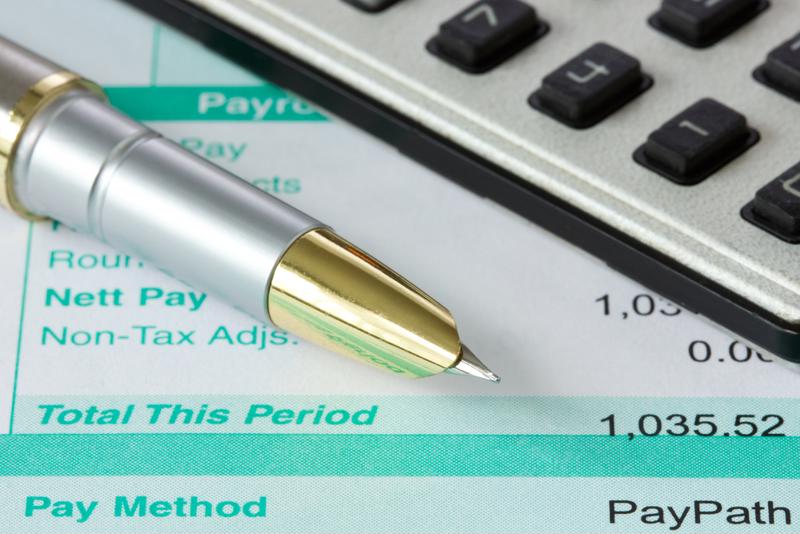You can’t run a business without finances. However, managing your cash flow may be more difficult than it appears to be. You’ll have to account for expenses, revenue and unexpected costs. Keeping track of the money coming in and going out of your company requires an accounting method that fits your needs. However, with new processes being implemented throughout the supply chain, you may need to update your financial records.
What changes have been made to the supply chain?
To succeed in business, you need products, and you can’t have those items without manufacturers and suppliers. In the past, these companies thought on a larger scale, BMA Inc. explained. They used resources and produced merchandise for the masses as opposed to the target audiences. Unfortunately, these large-scale operations waste materials and finances because businesses are not considering how many people will actually want their products.
“Lean manufacturing streamlines the workflow to reduce costs and waste.”
This method has changed in today’s society. People are more conscientious of the environment, its resources and the money that both businesses and consumers have to pay for merchandise. A new process for production – called lean manufacturing – has entered the workforce. This recent technique streamlines the workflow to reduce costs and waste, which benefits your business banking account and customers’ wallets, according to the Journal of Accountancy. Instead of focusing on mass production, lean manufacturing only generates enough products to meet demand. It also ensures that the steps in the manufacturing process are near one another so that the operation moves smoothly and effortlessly through the business. However, lean manufacturing also calls for a new method of accounting to accommodate these changes.
How was accounting done in the past?
When it comes to managing your cash flow, there are two main methods that are used: cash and accrual, NOLO explained. Each have their benefits and disadvantages, but one was better than the other depending on your business.
Accrual accounting tracks transactions as soon as they occur. If someone places an order with your business, you would count his or her payment toward your revenue. The same happens with expenses. As soon as you write a check, you no longer integrate that money into your finances. Your financial plan includes these transactions, whether they are taken out of or deposited in your account or not. While this provides a more accurate view of your cash flow, the accrual method may leave you thinking you have more or less money than you actually have in your accounts.
Cash accounting is the opposite. Revenue and expenses are not accounted for until the checks are cashed or payments received. This will provide you with a clearer image of your bank account, and you’ll know exactly what you have to work with. However, it may be misleading when it comes to illustrating the successes or struggles of your business.
What type of business you have may determine which method you use to keep track of your finances. Smaller companies with less than $5 million in annual revenue may choose whichever accounting format they desire, according to NOLO. However, larger corporations are required to use the accrual method if they have more than $5 million in sales each year or inventory totals more than $1 million annually.
 There are many ways to manage your cash flow, but one may be better than the other for your business.
There are many ways to manage your cash flow, but one may be better than the other for your business.Why is lean accounting better?
While cost and accrual accounting will help you manage your finances, they cannot accommodate the new manufacturing methods. Lean manufacturing calls for a complete overhaul of the production line, which may initially increase expenses and change the way businesses run. This method would reduce production times, improve quality and increase inventory turnover, the Journal of Accountancy explained. However, the traditional accounting methods cannot acclimate to that and financial records may not show an accurate view of the company’s cash flow.
Lean accounting considers a variety of information to aid in making crucial decisions throughout your supply chain. The method will provide you with real-time information on your workflow so you’ll be able to make almost instantaneous choices, Luis Socconini, the founder and director of the Lean Six Sigma Institute, told IndustryWeek contributor Michele Nash-Hoff. Lean accounting may help in:
- Determining product prices.
- Seeing which items have the highest performance.
- Showing products that aren’t popular among the public.
- Preparing quotes on items and services.
- Comparing revenue to manufacturing expenses.
Lean accounting can improve various parts of the workflow, including accounts payable and receivable, payroll, inventory and financial statements, according to the source. You and/or your accountant will need to learn new responsibilities such as determining “box scores,” a method of evaluating your weekly finances, and how that influences your bottom line. With this new information, you’ll be able to simplify your supply chain, from global sourcing to consumer purchasing. Companies who made the switch to lean manufacturing saw reduction in inventory from an average of six months to less than two months, which led to approximately $600 million in savings, a reduced lead-time from three weeks to five days, and cost reduction of 18 percent.
However, this method isn’t widely adopted yet, but Socconini hopes it soon will be.
“I am very optimistic that in the near future accountants will be one of the most important professionals to create a real change when they understand and participate in lean transformation as a systematic approach and when they are trained and invited to participate in the company transformation,” Socconini told IndustryWeek.
Switching over to lean accounting may require some time and effort. You’ll have to learn new processes and software and potentially work financial services into your budget, but with the new workflow in the supply chain, you’ll be glad you made the change. It will allow you to cut costs, reduce waste, create a more efficient production line, improve inventory turnover and meet consumer demand without excessive prices and overflow.

